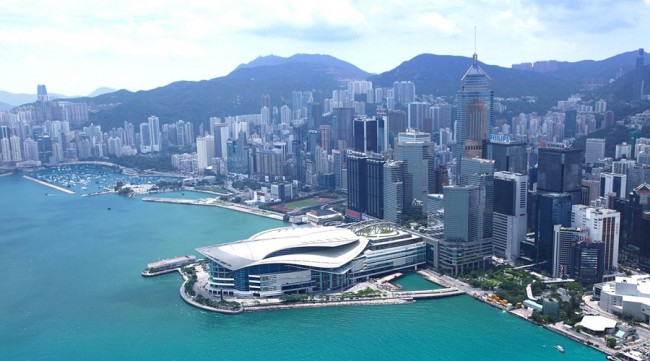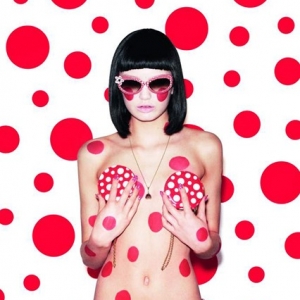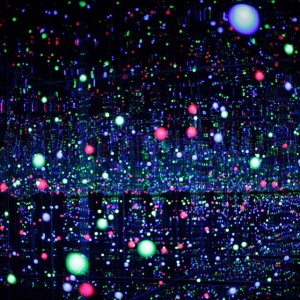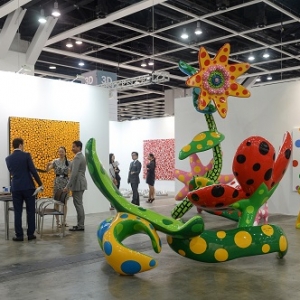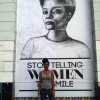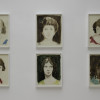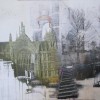Without question, the Asian economy is booming. It is a vibrant new market for contemporary art, and a sensible region for Art Basel to expand into. “When people start out collecting art, they usually begin with art works from their own countries, which creates an increasing demand for Asian art in Asia,” says Wright. For the same reason, Wright thinks Hong Kong is looking toward an exciting future in terms of art dealing, although the city has yet to develop a stronger institutional platform for contemporary art, particularly in terms of building more professional museums. “Museums and institutions act as an educational platform for people to access contemporary art. If Hong Kong is to take advantage of the booming economy and become a prominent market for contemporary art, it is crucial that it improves its infrastructure,” he says. Turning to Art Basel Hong Kong in particular, the director notes its distinctive Asian characteristics just by the sheer number of Asian galleries participating in it, compared to the fair’s Basel and Miami counterparts. “People do not come all the way to see works they see in other places. It is important for the fair to show contemporary art in the region,” he explains.
Although Victoria Miro Gallery has no plans to open up shop in Hong Kong, it works with an affiliate gallery based in Beijing to represent its interests in the region. The gallery itself is presenting a solo exhibition of the Japanese artist Yayoi Kusama at the fair, alongside Ota Fine Art, who has long enjoyed an unparalleled status in the contemporary art world for her signature use of dots in a vast variety of contexts. The decision compliments two recent occasions: Kusama has recently had her largest retrospective exhibition at the Whitney Museum in New York in 2012, charting the nine decades of her truly unique life and artistic practice that has paved her path from rural Japan to New York and Tokyo. The exhibition also coincided with the launch of an international collaboration between Kusama and Louis Vuitton. Kusama’s work was also featured in the opening exhibition for the new Sotheby’s Hong Kong gallery at One Pacific Place.
Yayoi Kusama returned to Victoria Miro earlier this with an exhibition of new paintings and accumulation of sculptures. A major series of touring exhibitions will take place in 2013 – 2015 in Japan, Asia and South America. ‘Yayoi Kusama: Eternityof Eternal Eternity’ opened this year at the Shizuoka Prefectural Museum of Art, and a comprehensive exhibition is currently touring South America, curated by Philip Larratt-Smith and Frances Morris, who curated Kusama’s recent retrospective at Tate Modern. First opened in Cork Street, Mayfair in 1985, the Victoria Miro gallery quickly earned acclaim for its representation of established and emerging artists from the USA, Europe and Asia. With a sharp eye and intuition, the gallery is also famed for nurturing the careers of young artists. Wright notes: “It’s hard to define what Victoria Miro looks for in artists. We do not tick boxes. In a way, it is very intuitive. The decision comes out of a discussion between Victoria [founder of the gallery] and myself.”
In 2000, the gallery relocated to a dexterously converted 8000 square-foot former furniture factory between Hoxton and Islington in northeast London. It continues to represent artists of every age from those in their 20’s to their 80’s, and of various nationalities. Among them are Turner Prize winners Chris Ofili and Grayson Perry, and nominees Ian Hamilton Finlay, Peter Doig and Isaac Julien. Straight off the plane from the Armory Show in New York when I spoke to him, Wright was looking into another trip to the Middle East before he continued on to Asia again. The future art world is heading towards globalization. Asia is a visible future stop on this journey, but surely not the last.
